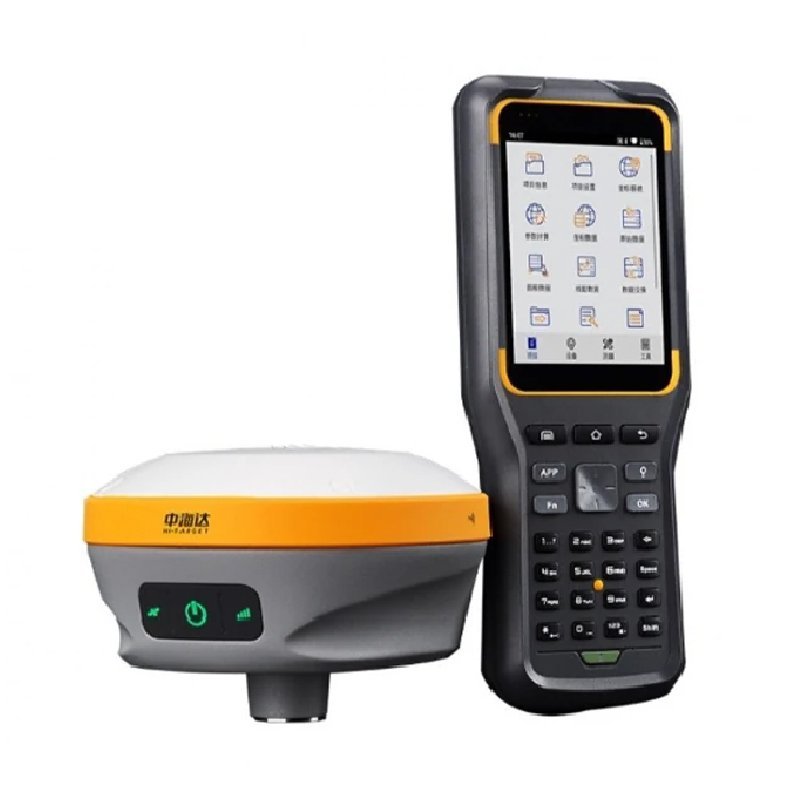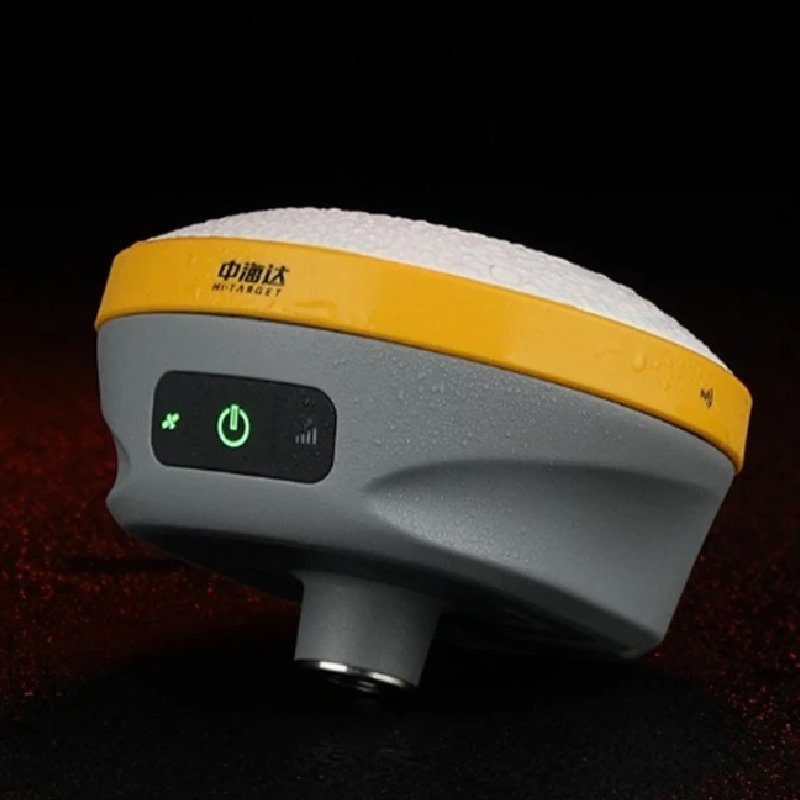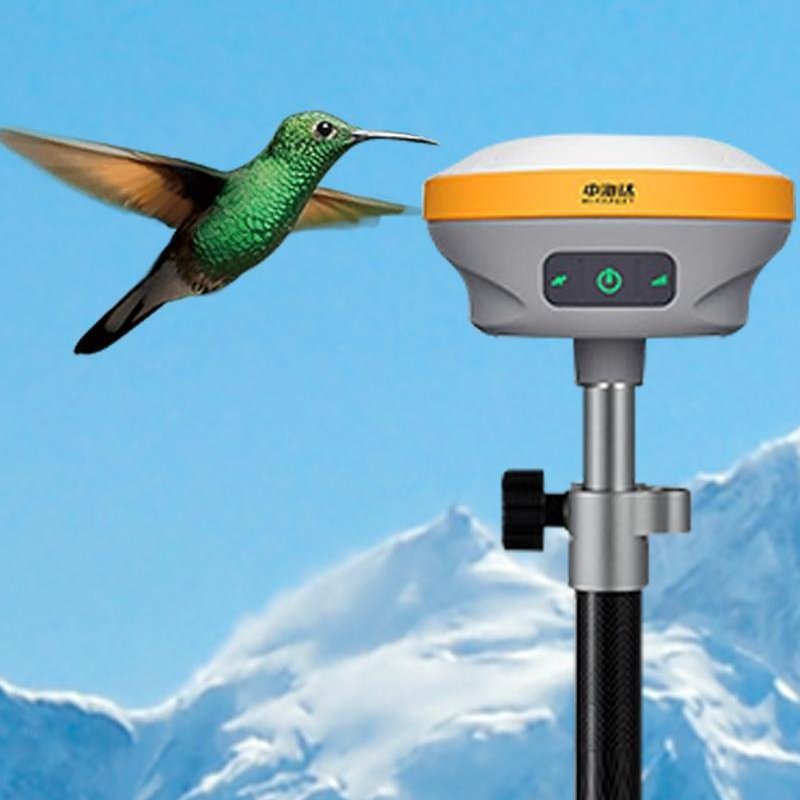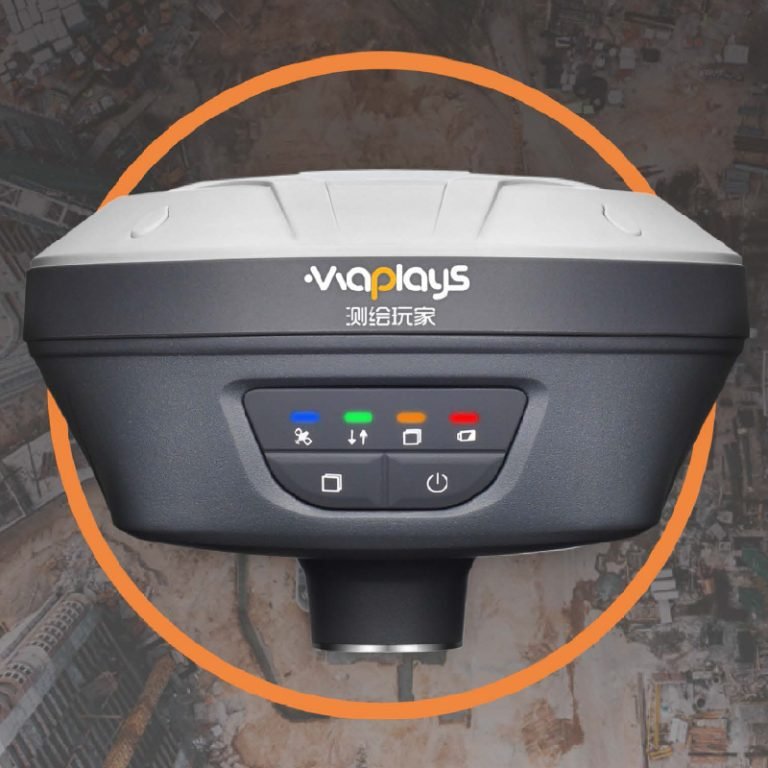Welcome to Geotech!

D8 Pro GNSS RTK Receiver
PRODUCT PARAMETERS
- More Porability
- Greater Flexibility
- Higher Accuracy and Precision
- More Stability
Description
 Abstract
Abstract
D8 Pro GNSS RTK Receiver brings superior performance and high efficiency to sup-port your fieldwork with reliable solutions. lts deployment of the advanced RTKengine and new-generation lMU guarantees a 25% performance improvement evenin the most demanding environments. Thus you can count on Hi-Target D8Proforbetter productivity.
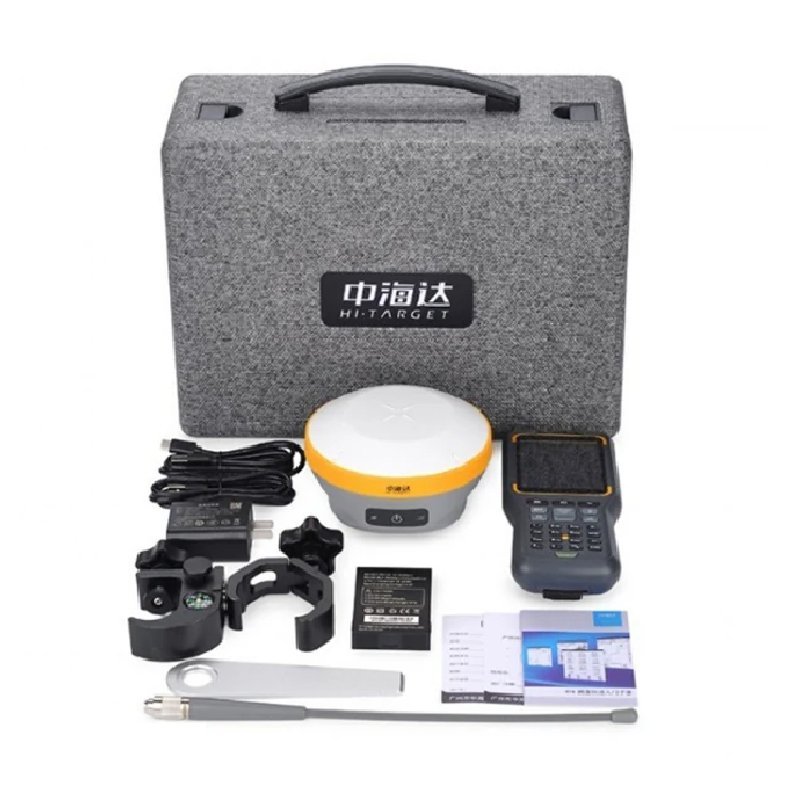
 Features
Features






More Portability
Equipped with an ultra-light EPp material instrumentcase of a high anti-strong impact, shock and impactresistance and a centering rod that can be contracted to1.25 m, making it durable and portable in the fieldwork.
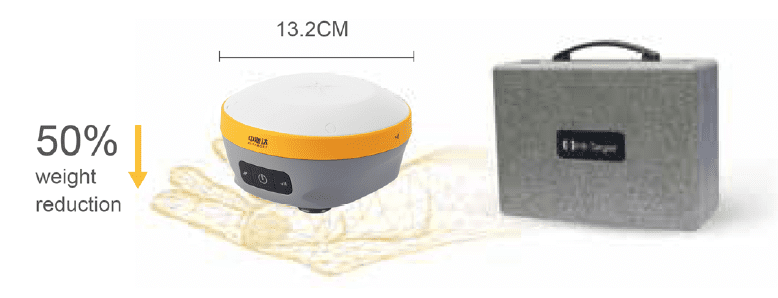
Greater Flexibility
It can bring accurate and reliable results and boost effi-cient fieldwork with self-developed built-in lMU and corealgorithm.

Higher Accuracy and Precision
Equipped with the High-Performance Patch Antenna.enhances the low elevation angle tracking capabilitiesand keeps it maintaining a high gain for higher elevationsatellites while tracking low-elevation satellites.

More Stability
Hi-Target Hi-Fix enables continuous connectivity andquality results even if you lose the signal while using theRTK base station or RS network under extremecircumstances.
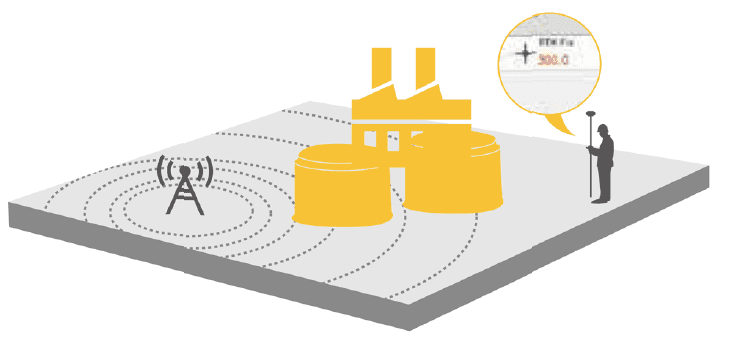
 Hi-Survey Road
Hi-Survey Road
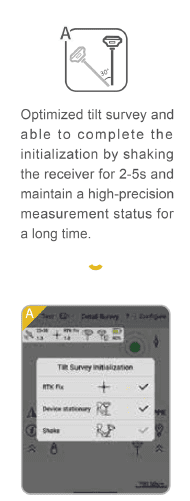


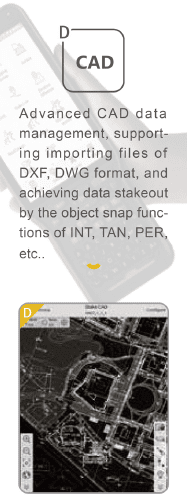
 Working principle
Working principle
RTK technology uses the differential method of real-time processing of the carrier phase observations of two measurement stations to send the carrier phase collected by the base station to the user receiver for differential coordinate calculation. Its system consists of a base station, a mobile station, data transmission equipment, an antenna system, and control software and processing algorithms. The base station receives satellite signals and calculates error data, and the mobile station corrects its position by receiving differential data from the base station. The data transmission equipment ensures real-time transmission of information.
 Applications
Applications
● Geographical Surveying: RTK technology can be used for precise measurement and mapping, providing sub-meter accuracy, and is suitable for mapping topography, roads, buildings, land boundaries, etc.
● Construction: In construction, RTK technology is used for construction layout to ensure that the location, height and shape of the building meet the design requirements, and at the same time calculate the earthwork volume.
● Engineering Survey: RTK technology is suitable for construction layout and deformation monitoring of roads, bridges, tunnels and other projects.
● Transportation: RTK technology is used for road maintenance and vehicle navigation, monitoring road deformation and damage, and providing high-precision navigation for special vehicles.
● Archaeology: RTK technology is used for site mapping and excavation positioning, accurately recording the location and layout of archaeological sites.
 Parameters
Parameters

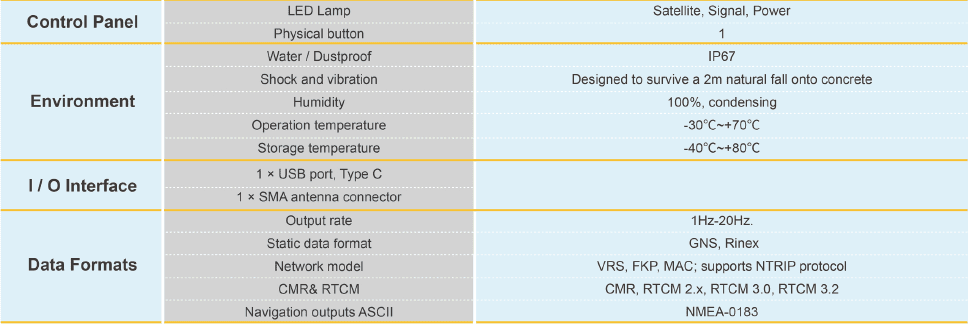
FAQ
① In SI, it is m·s-2, and one percent of it is the international unit abbreviation g.u.;
② Conversion between SI and CGS: 1g.u.=10-1 mGal
Gravitational field: The space around the earth with gravity is called the gravitational field.
Gravitational potential: The gravitational potential W in the gravitational field is equal to the work done by a particle of unit mass moving from infinity to that point.
① The normal gravity field of the earth: Assuming that the earth is a rotating ellipsoid (reference plane), the surface is glossy, the internal density is uniform, or it is distributed in concentric layers, the density of each layer is uniform, and the deviation of the shape of the ellipsoid from the geoid is very small, then the gravity field generated by the earth is the normal gravity field.
② The normal gravity value is only related to the latitude, the smallest at the equator and the largest at the poles, with a difference of about 50,000 g.u.; the rate of change of the normal gravity value with latitude is the largest at 45° latitude, and zero at the equator and the poles; the normal gravity value decreases with increasing altitude, and its rate of change is -3.086 g.u.. The main feature of the long-term change is the "westward drift" of the geomagnetic elements, both the dipole field and the non-dipole field drift westward, and have a global nature.
The gravitational field strength is equal to the gravitational acceleration in both numerical and dimensional terms, and the two are in the same direction. In gravity exploration, all references to gravity refer to gravitational acceleration. The gravitational field strength at a point in space is equal to the gravitational acceleration at that point.
Gravity exploration is an exploration method that is based on the density difference of rocks and ores. Since density difference will cause local changes in the normal gravity field of the earth (i.e. gravity anomaly), it is used to solve geological problems by observing and studying gravity anomalies.
-1.png)

